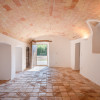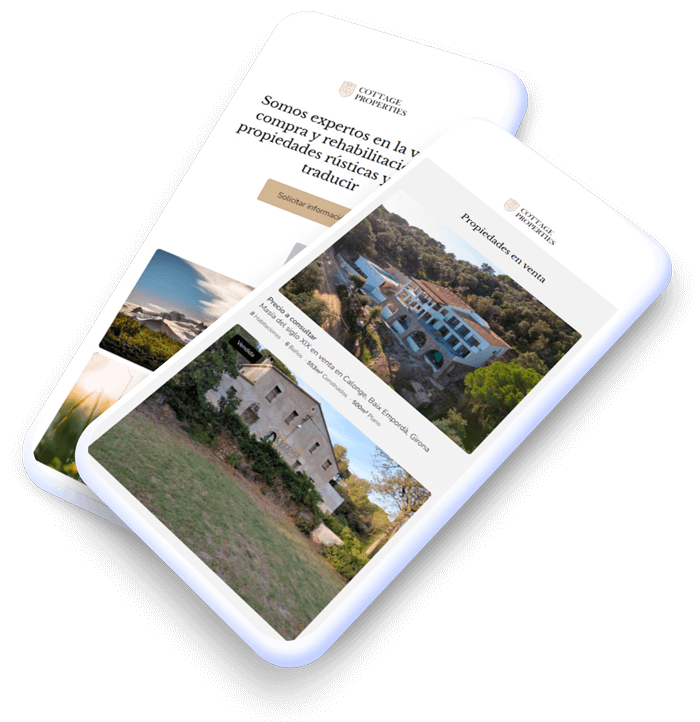In this article, you'll learn to identify a 'Catalan masia' through 17 of its most important elements.
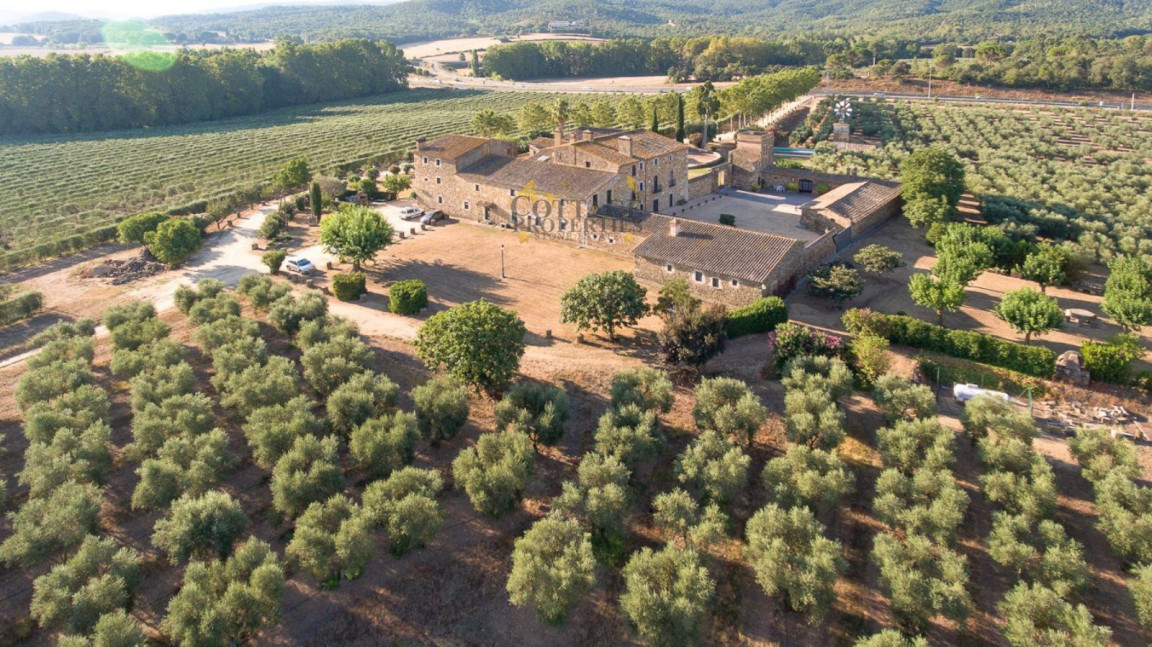
In 2022, newspapers covered the story of Spain's “most expensive property” with a value of over €20 million.
That property was a "masia", a traditional Catalan farmhouse.
Today, it's normal to find masias among the most sought-after properties in Spain. But it wasn’t always that way.
In the late 20th century, nearly all of Catalonia’s masias were abandoned due to migration towards the cities and an agricultural plague that ruined harvests.
So what is it about the Catalan masia that helped it survive?
In this post, we’ll explain 17 of the most important architectural features and characteristics.
Cottage Properties is Catalonia's leading real estate agency focused on historic properties. Click here to see our portfolio of more than 150 masias for sale.
What is a masia?
According to Cottage Properties' own investigation, we found there are 22,967 masias in Catalonia. With the oldest-known masia built in 1182, this means we're talking about a type of property constructed over a period of 700 years.
So how can you identify what a Catalan masia is?
According to experts, there are defining characteristics that distinguish a masia from townhouses, palaces, castles and other stone-built constructions.
Below, we’ll go through 17 of the most important characteristics of a Catalan masia.
1. Detached properties
Masias are detached properties and, traditionally, always surrounded by agricultural lands.
If there are cases of masias with neighbouring houses within eyeshot, then it'ss because the former owners have sold off nearby parcels of land. Or perhaps a former barn or outhouse has been restored and sold as a separate property.
In some cases, you may find a detached masia sold together with other buildings that used to serve a variety of functions – from housing workers to stables, oil presses, wine presses, chapels, and so on.
These can be renovated to perform a variety of uses.
For example, many have been converted and put on the market as rural hotels for sale in Catalonia.

2. Extensive agricultural land
Masias are nearly always surrounded by agricultural land.
The lands were used to tend to livestock or for agricultural purposes, and most masias had estates that occupied anything from 20 to 300 hectares.

3. Agricultural past
According to rural architectural expert José Cardoso, the word "masia" actually means "rural isolated house" which was connected to a wider agricultural estate, called the "mas".
The landowner or manager – called the "masover" in Catalan – lived in the masia with his or her family.
The most common crops grown on the mas were grapes, olives and wheat. The most common livestock were cattle for beef and dairy.
It is hard to find these days, but we have sold masias in the past with adjacent wheat fields and vineyards. Sometimes these houses come with their own wine press or olive press.
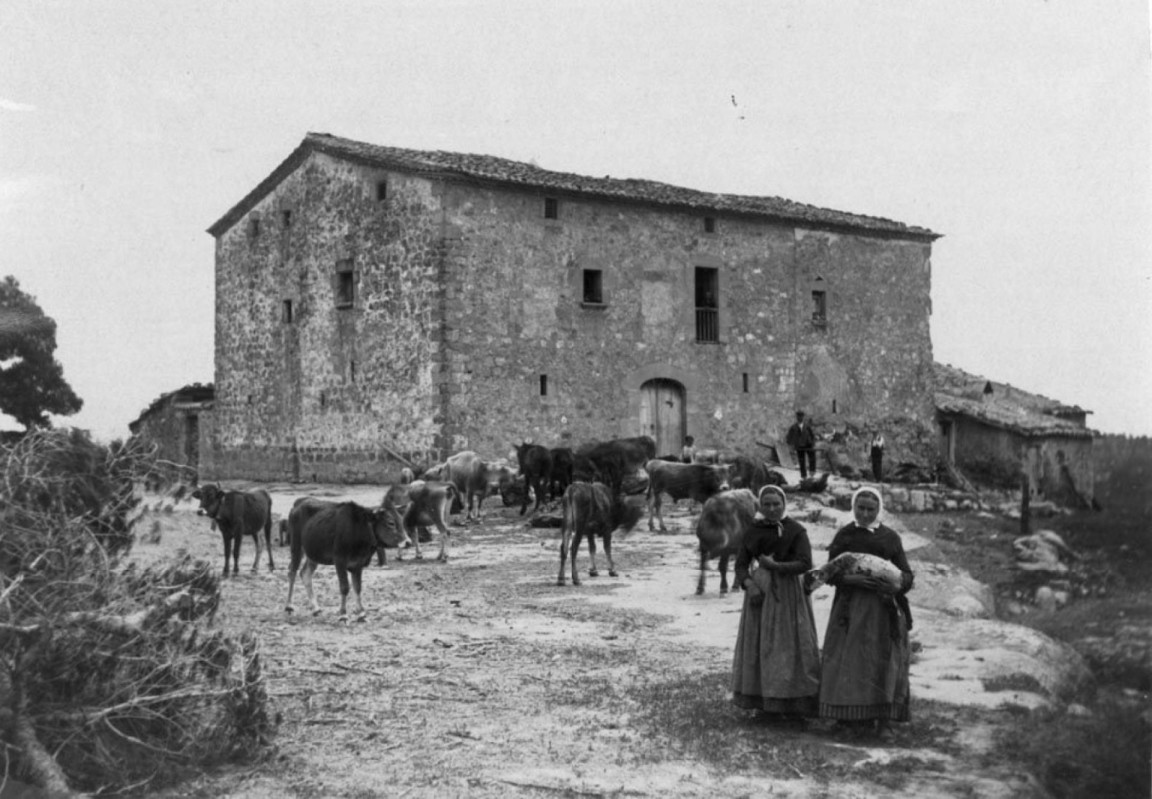
4. Two-storey layout
Masias are usually built with two storeys.
According to researcher Joan Curós Vilà from the Universidad Politécnica de Cataluña, the ground floor was used as stables for livestock. On the first floor you'll find the central living room, bedrooms and kitchen.
Some masias have three floors, and others might have four. These would have been used as a granary or drying room.

5. Oil and wine presses
Masias often come with oil presses and wine presses.
Many of these still function to this day.
For example, the Priorat wine region in Tarragona is one of Spain's top wine regions in the world, and we have sold masias there with their own vineyard.
In other parts of Catalonia, olive groves and olive presses are more common.

6. South-facing
Masias are south-facing in order to take advantage of the heat from the sun, particularly in winter.
This applies mostly to the front entrance of the building. But many of the rooms and windows are positioned in a way to take advantage of natural light.

7. Gabled roof
Masías often feature a gabled roof, in which two sloping sides meet in the middle. This leaves a triangular section of wall between them, which is known as a ‘gable’.
These roofs help to channel any rain away from the property.

8. Stone walls
Masías are made from stone. Most commonly you'll find rough stone used to build the walls and worked stone for lintels and arches.
The oldest masias show signs of mud being used as cement. But over the centuries, quicklime or cement was more commonly used to prevent draughts and to help bind the stones together.
In certain areas of Catalonia where there was a lack of nearby stone, adobe is sometimes seen as the traditional building material.

9. Worked stone arches
Worked stone arches add a sense of opulence and grandeur to masias.
Up to the 16th century, most masías featured a voussoir arch (wedge-shaped stones and a central keystone). Later on, masias started to be built with horizontal lintels above the main door.

10. Small, scarce and upstairs windows
Most masías have few windows, particularly on the ground floor.
The lack of windows helped to insulate them against cold in winter and the heat in summer, as well as providing for extra security.
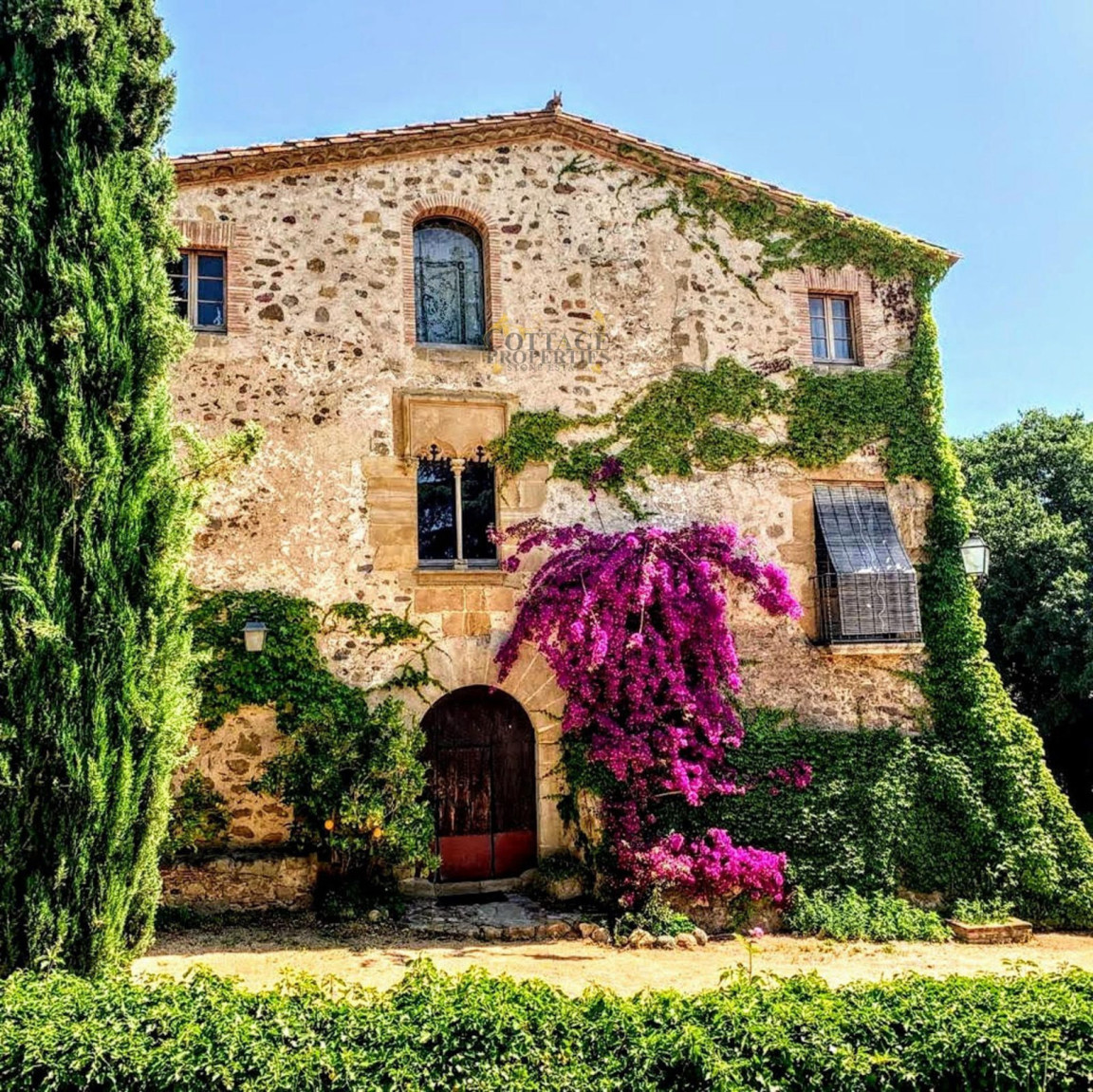
11. Thick walls
Masía often have very thick walls that are up to a metre thick.
These thick walls would have isolated against the cold in winter, while also keeping the interiors cool in summer.
These thick walls are also simply a product of the large rocks and boulders used in the construction of such properties.

12. Wooden beams
Masias nearly always feature exposed wooden beams.
The beams are one of the key elements to look out for when considering purchasing a property, as they might need refitting. During our own rehabilitation projects at Cottage Properties we help buyers source beams from the forests of Montseny in Cataluña, to preserve the heritage of Catalan masias.

13. Catalan vault
The Catalan vault is a traditional architectural style popularised in Catalonia.
It’s a type of brickwork arch which forms a vaulted ceiling to support the floor above. The style was popularised in the 19th and early 20th centuries and exported to other parts of the world, most famously the New York Grand Central Terminal.
The researcher Joan Curós Vilà explains that rich landowners would have built their masias with brick vaulting between floors as they helped to keep out odours and sounds from the livestock below.

14. Terracotta tiles
Most masias are covered with terracotta roofing tiles.
On rare occasions, you can find masias in more mountainous areas, such as the Pyrenees, that have slate roofs.

15. Defensive towers
It’s not common, but some masías had defensive towers or walls for to protect the inhabitants, livestock and goods.
Defensive features are most common on the coast or regions further south than Catalonia, such as in the Valencian region where pirate raids were common up until the 19th century.

16. Central courtyard
Some masías have a central courtyard or interior patio that connects to the other parts of the compound.
These spaces also served as a protected place for family gatherings and other activities.
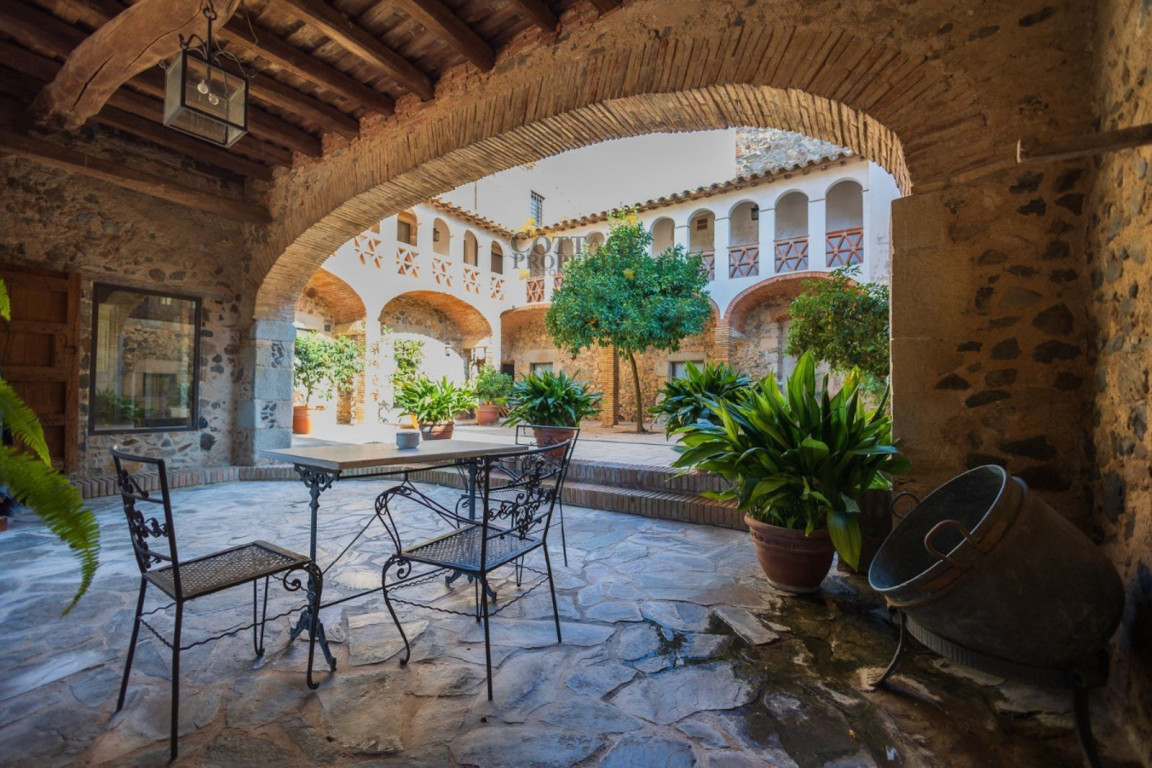
17. Chapels
Traditional masias were almost entirely self-sufficient.
Since it was common for the owning family and workers to live there exclusively and for extended periods of time, it’s not uncommon to find chapels in older and larger masias.
Researchers Fabien van Geert and Ferran Estrada Bonell, in the catalogue of their exhibition about Catalan masias, note that chapels were more commonly found on the estates of richer landowners.
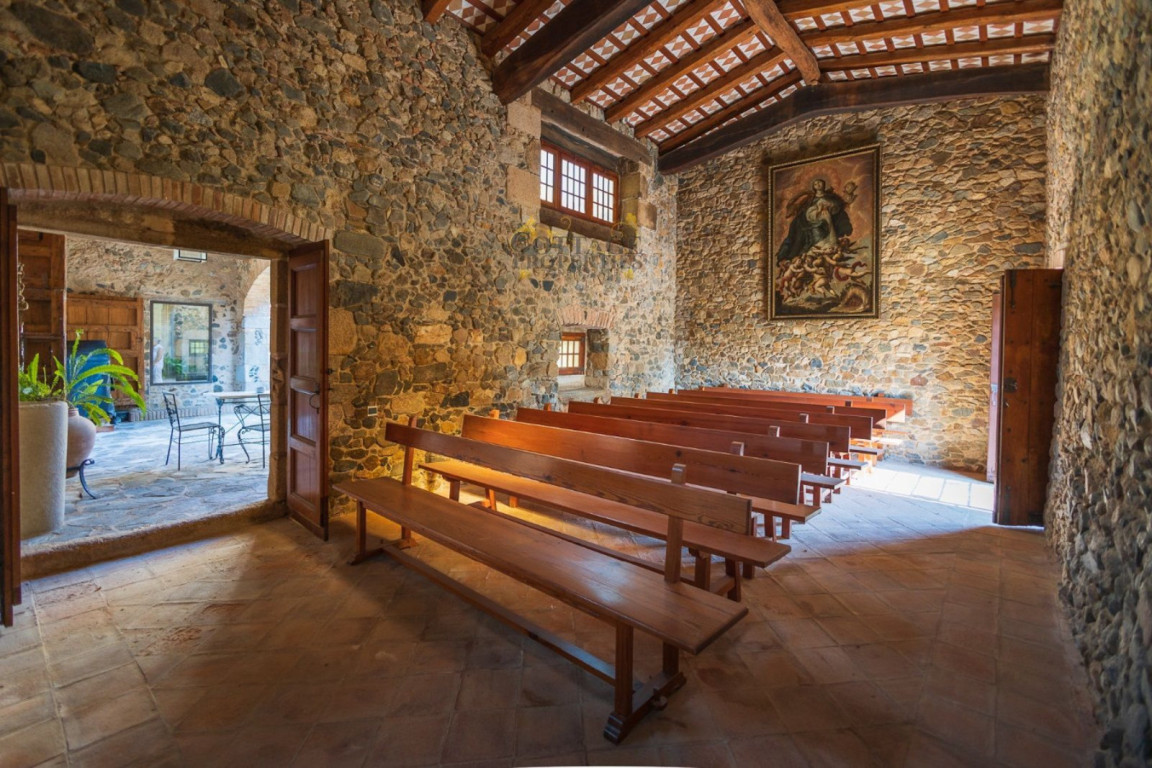
Characteristics of a modern Catalan masía
Catalan masias are nearly all over 150 years old. A large number of them are either abandoned or in need of rehabilitation.
But you can find masias on the market have been modernised to include features like:
Air conditioning
Underfloor heating
Double glazing
Swimming pools
Barbeque areas
Tennis courts
Solariums
Landscaped gardens
Golf courses
Solar panels
Large garages and ample parking space
Large, open plan fitted kitchens and diners

The 7 types of masias
Now that we've covered the characteristics of Catalan masias, let's look at some more variations.
According to Joan Curós Vilà, a professor at the Catalan Polytechnic University in Barcelona, there are seven different kinds of masia.
They can be categorised by looking at things like the arrangement of their roof slopes, the finishes, and composition of the main façade.
These seven kinds of masía are listed below:
1. Small or high-mountain masias
This kind of masía, along with the next two, is distinguished by the arrangement of its roof slopes. In high mountain farmhouses, the two roof slopes drain towards the main and rear facades.
2. Medium-sized or communal masias
This is the most common kind of masía and, like the small or high mountain farmhouse, it is distinguished by the arrangement of its two roof slopes, which drain towards the side facades.
3. Large or manor houses
These kinds of masía tend to have four roof slopes, distinguishing them from the smaller masia. These would usually be owned by rich landowners.
4. Masias with towers
These kinds of masía are attached to a tower, with which they share an interior. These kinds of masía are most commonly found along the coast.
5. Basilica-style masias
This kind of masía is found most commonly along the coast and is characterised by having a central part that is higher than the two side parts, meaning that the highest part of the house has two roof slopes, which drain towards the lower slopes, which then, in turn, drain towards the side facades.
6. Vineyard masia
The vineyard farmhouse, is made up of a complex consisting of the farmhouse and its complementary buildings, which gather around a central courtyard. Most vineyard masía are found in Penedes, in the south of Catalonia.
7. Colonial masia
These kinds of masía are distinguished by their Palladian-style exterior finishes and ornamentation. They are buildings of notable dimensions where symmetry predominates and are most commonly found along the coast.
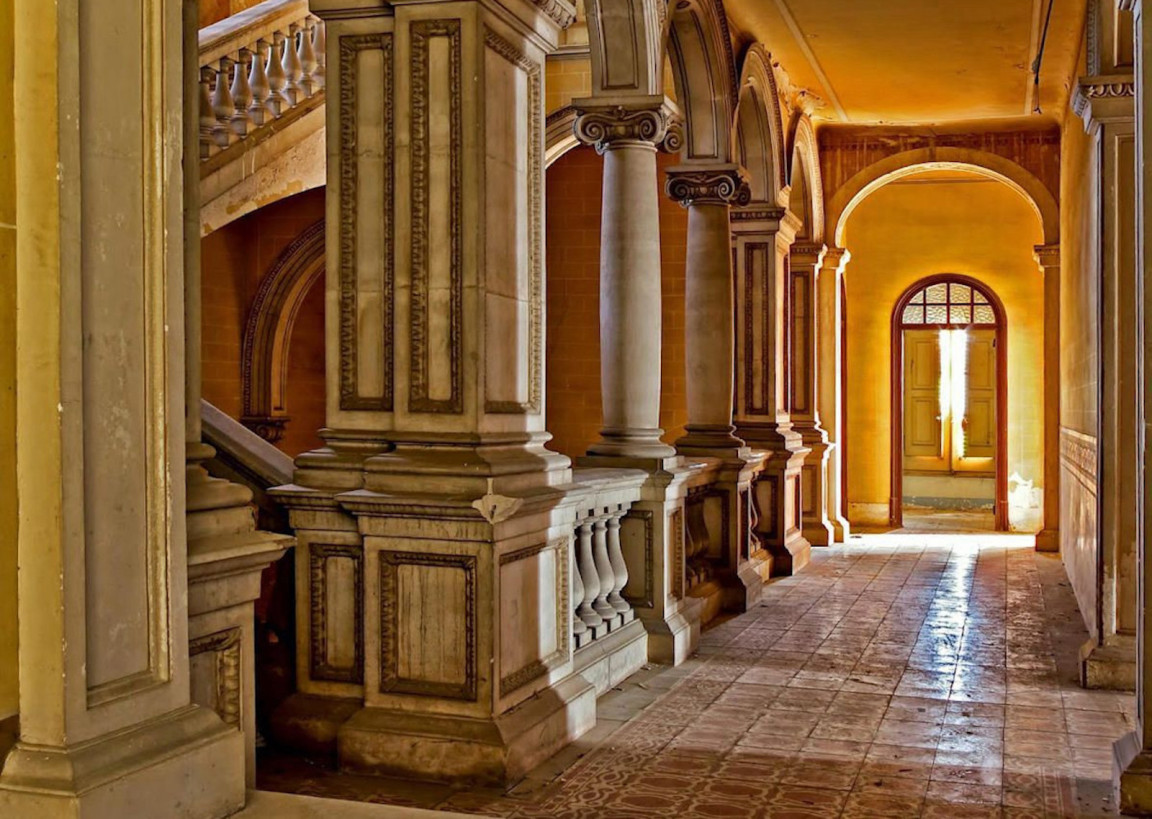
Interested in buying your own Catalan masia? Read this first
Masías make for beautiful properties to own.
In addition, they make for great investments as restaurants, retreat spaces, event spaces and boutique hotels.
But you must be careful.
Many masias are in need of partial or total rehabilitation – and it's dificult to estimate these costs if you are not an expert in rustic properties.
Many times a masia comes under strict building regulations overseen by the local government, which determine right down to the materials you must use during the restoration process.
Contact Cottage Properties for a consultation
If you’re looking to buy a masia in Catalonia, look no further than Cottage Properties.
We have the most extensive portfolio of masias for sale – with over 150 unique properties available for viewings on our website.
We have our own in-house project managers and architects. As part of our services for buyers, you can visit a Catalan masia along with us and receive a basic proposal at no cost.
To find out more, request a viewing for a property you're interested in.
During a follow-up call, we will discuss the rehabilitation project and provide the assistance you need to move forward.
Post published 22/11/2024 in Rural properties

